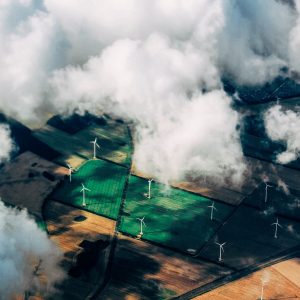A growing suite of digital tools is emerging to better manage the changes done by humans around the world. Technology, as well as automation and robotics, is changing the way humans assess the environmental impact of different projects such as construction or industrial for instance. The need to protect and to seek more sustainable formulas and solutions for interacting with the environment became clear during the COP24 (United Nations Climate Change Conference) taking place in Katowice, Poland in 2018. 
Using robots to protect the environment Another way where automation makes sense is the aerospace industry. Addressing the issues of the climate changes and environmental protections, pilotless vehicles, more commonly known as drones, can be used not only in the military but also used as inspection robots.
For certain endangered species, IoT systems are the real rescue. Using sensor-based devices and autonomous drones there are systems which build predictive anti-poaching solutions. Data analytics is making it possible to predict poachers’ habits and deploy deterrent measures before the poachers are able to kill endangered animals. Predictive analytics works by tracking the behaviors of other prey animals in habitats. Scientists can monitor how those animals move and use sudden shifts in behavior to identify the presence of poachers. Those researchers then can proactively work to stop poachers.

There are a lot of companies which are leaders in environmental protection. The global market is growing fast and according to the independent consulting companies’ forecasts, it will still grow as there is a strong expectation from developing countries to achieve a high development level. What is more, both industrial growth and human awareness of environmental protection are factors which create an even stronger demand for clean technologies. Using renewable energy sources is one of the most competitively popular ways to protect the environment in many markets.
